Comprehensive Guide to Non-Steel Wires: Applications, Types, and Purchasing Tips – Part 1
Welcome to the “Comprehensive Guide to Non-Steel Wires: Applications, Types, and Purchasing Tips“. In today’s advanced world, non-steel wires play a key role in enhancing technology and industrial transformation. From modern buildings and bridges to sophisticated electronic devices and medical equipment, everywhere we look, we witness the unparalleled impact of these materials on our daily lives.
This article is designed to provide a comprehensive and practical perspective on non-steel wires and their extensive applications. We will delve into the various types of non-steel wires, including copper, aluminum, and titanium wires, and show how these materials can improve efficiency and increase the durability of products.
Alongside exploring the applications of these wires in different industries, we will provide essential tips for purchasing high-quality non-steel wires. This guide will help you make more informed choices and purchase products that offer the best performance in your projects.
We invite you to continue on this journey with us and explore the valuable information we have to offer for maximizing the benefits of non-steel wires in your projects. Discover how these advanced materials can play a decisive role in the future of your projects.
Let’s begin together and explore the fascinating and multifaceted world of non-steel wires.
Introduction to Non-Steel Wires
In the complex world of industrial materials, non-steel wires play a crucial role. These wires, made from materials such as copper, aluminum, titanium, and other alloys, possess unique properties that make them ideal for specific applications. In this section, we will take a closer look at these wires, the different types available, and the reasons why they are often preferred over steel.
Definition and Overview:
Generally, wire refers to long, narrow strips of metal obtained by drawing metal from a rod. These products are used in a wide range of industries due to their flexibility, applicability in various sizes and diameters.
Motivations for Using Non-Steel Wires:
Non-steel wires are typically chosen for properties not found in regular steel. For instance, copper wires are used in electrical cables and electronic components due to their high electrical and thermal conductivity. Aluminum wires are popular in the aerospace and construction industries due to their lightness and corrosion resistance. Titanium is used in marine and medical industries for its high strength and corrosion resistance under harsh environmental conditions.
Impact on Industry and Technology:
Non-steel wires often have a significant impact on technological advancements, enabling the design and production of more optimized and advanced products. Their use across various industries not only improves product quality and efficiency but can also lead to increased safety and cost reductions.
In conclusion, non-steel wires play an important role in sustainable development and industrial innovations. By offering their unique properties, they open new doors for designers and engineers, facilitating the creation of new ideas.
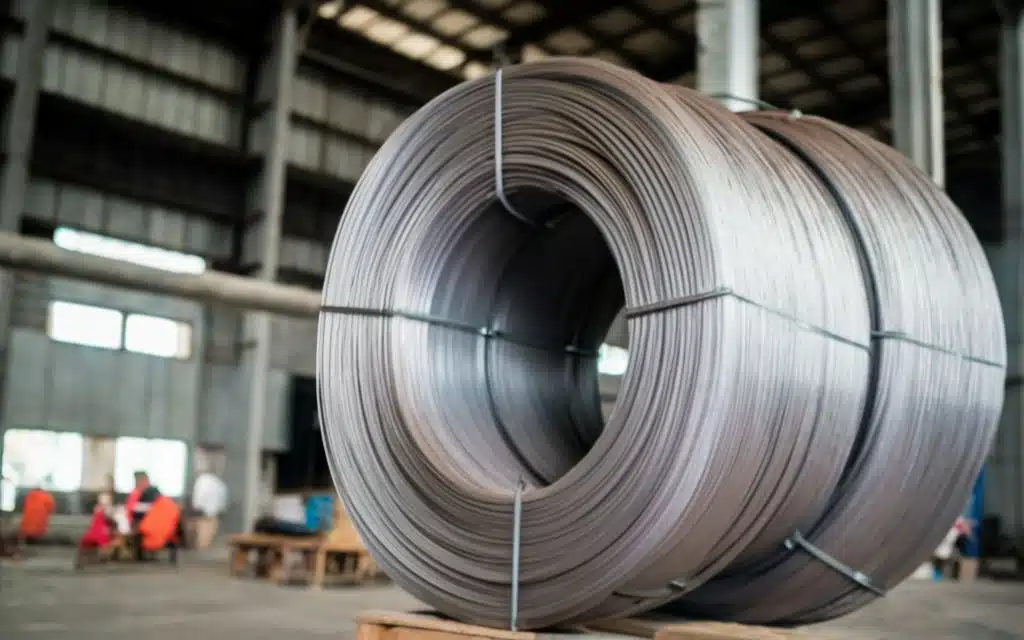
History of Non-Steel Wires
Background and History:
The journey of non-steel wire development is intertwined with material and technical innovations. Since ancient times, wires have been considered fundamental elements in advancing technologies. From their use in trade and maritime transport to decorative and structural applications in ancient buildings and temples, the importance of these materials has always been recognized.
Historical Developments:
With the advancements of the Industrial Revolution and engineering innovations, non-steel wires also experienced significant transformations. In the nineteenth century, the discovery of new metals and alloys expanded the applications of these wires into sectors such as electricity and electronics, construction, and even medical engineering.
The Modern Era and New Metals:
In the twentieth century, with the advent of more advanced technologies, non-steel wires played an increasingly pivotal role in technological developments. From the development of the aerospace industry using titanium and aluminum to leveraging the excellent conductive properties of copper in the electronics industry, each has led to significant advancements in their own right.
The Current Role of Non-Steel Wires:
Today, non-steel wires are at the heart of many industries due to their vast capabilities in resisting variable environmental conditions and their unique mechanical and electrical properties. Continuous efforts to improve these metals’ properties and discover new alloys further highlight their vital role in advancing technical and industrial innovations.
Impact on Sustainability and the Global Economy:
The role of non-steel wires in sustainable development is also noteworthy. From reducing weight and increasing efficiency in the transport industries to helping reduce energy consumption and promote more sustainable production, these wires have become important tools in achieving green economy goals. Simultaneously, their impact on the global economy, with the creation of new commercial opportunities and jobs, is continually increasing.
Looking back and at the present, it’s clear that non-steel wires have not only had a special place in the history of material engineering but will also continue to be an integral part of future technical and industrial advancements. With their unique properties and extraordinary capabilities, these metals and alloys will continue to push the boundaries of knowledge and technology.

Types of Non-Steel Wires
This section provides a comprehensive overview of “Types of Non-Steel Wires,” including copper, aluminum, titanium, and other non-steel materials used in wire production. This variety of materials, each offering unique physical and mechanical properties, makes them ideal for specific applications in various industries.
Copper Wires
Copper wires are known for their high electrical and thermal conductivity, making them an ideal choice for the electrical and electronics industries. Additionally, copper wire exhibits good corrosion resistance, making it suitable for use in harsh environmental conditions.
Aluminum Wires
Aluminum is noted for its light weight, good electrical conductivity, and resistance to corrosion. Aluminum wires are often used in the transportation and construction industries and in manufacturing electrical cables. Their features, especially in applications requiring lightweight materials with high performance, are particularly beneficial.
Titanium Wires
Titanium is renowned for its high strength, lightness, and exceptional corrosion resistance. Titanium wires are frequently used in aerospace, medical, and dental industries. The unique properties of titanium make it ideal for use in extreme environments and applications requiring high-performance materials.
Other Non-Steel Materials
In addition to the materials mentioned, wires made from nickel, zirconium, molybdenum, and other specialized alloys are also used in the industry. These materials are chosen for specific applications requiring unique properties, such as high resistance to heat and corrosion.
Each type of non-steel wire possesses unique characteristics that make them suitable for specific uses across various industries. From high conductivity in copper wires to the strength and lightness of titanium, these materials provide advanced engineering solutions. Understanding the physical and mechanical properties of these materials is essential when selecting the appropriate wire for projects.
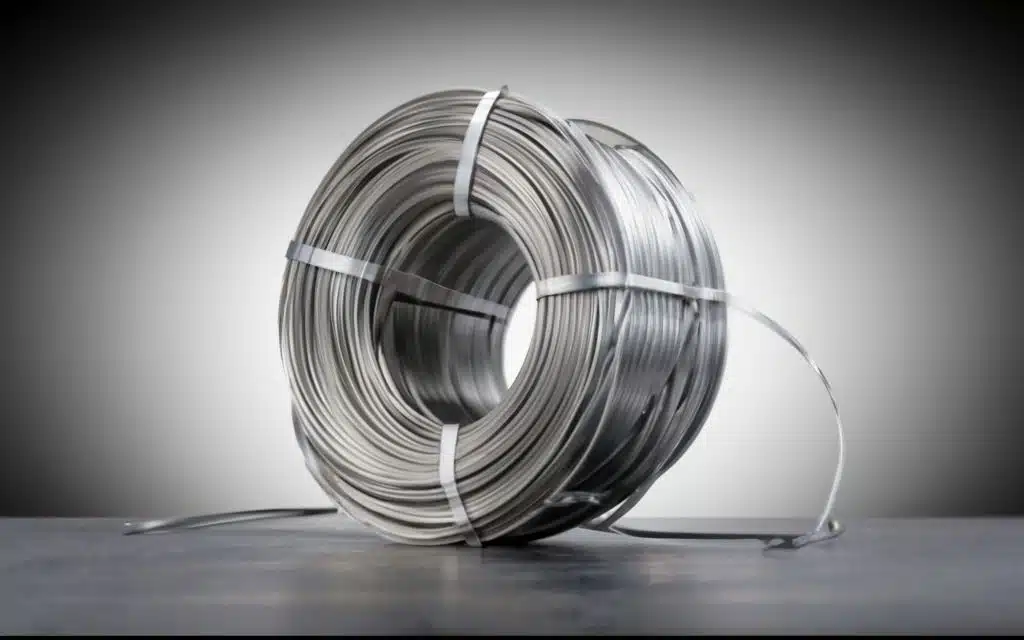
Physical and Mechanical Properties of Non-Steel Wires
In this section, we will closely examine the physical and mechanical properties of non-steel wires, focusing on strength, flexibility, weight, corrosion resistance, and temperature tolerance. These key properties determine the wires’ performance in various applications and enable engineers and designers to make informed material choices.
Non-steel wires, made from a variety of materials, exhibit different physical and mechanical properties that make them suitable for specific applications in various industries. Understanding these properties, including strength, flexibility, weight, corrosion resistance, and temperature, is crucial for the correct selection of wire. These properties not only affect the wire’s performance in a specific application but also impact its lifespan, maintenance, and overall project costs.
Strength and Flexibility
Strength refers to the amount of force a wire can withstand before breaking or permanently deforming. This property is critical for applications where the wire is subjected to mechanical stresses. Flexibility, on the other hand, indicates a wire’s ability to bend without breaking or cracking. Wires with high flexibility are ideal for applications requiring bending or formability.
Weight
The weight of a wire significantly affects its final application, especially in the transportation and aerospace industries, where reducing weight means energy savings and efficiency improvements. Wires made from materials like aluminum and titanium are popular in these applications due to their lighter weight.
Corrosion Resistance and Temperature
Corrosion resistance refers to a wire’s ability to withstand degradation caused by environmental chemical reactions. This property is essential for applications where the wire is exposed to harsh environmental conditions, including marine or acidic environments. Temperature tolerance refers to a wire’s ability to maintain its mechanical and chemical properties at very high or low temperatures, vital for applications such as heat processing and aerospace.
The physical and mechanical properties of non-steel wires, including strength, flexibility, weight, corrosion resistance, and temperature tolerance, are determining factors in material selection for various applications. These properties should be carefully evaluated to ensure that the chosen wire delivers the best performance in its intended environment.

Industrial Applications of Non-Steel Wires
In this section, we conduct an extensive analysis of the industrial applications of non-steel wires. Due to their unique properties, non-steel wires are utilized across a broad spectrum of industries. From high electrical conductivity to lightweight and high corrosion resistance, these materials offer significant benefits for various applications. Here, we examine some of their most important uses in the electrical and electronics industries, transportation, construction and decoration, as well as in medical and dental fields.
Non-steel wires, given the diversity of materials they are made from, have wide-ranging applications across different industries. These wires are not only chosen for their physical and mechanical properties but also for their specific advantages in various environmental conditions, making them ideal choices for different applications. Below, we delve into a closer examination of their uses in various industrial sectors.
Electricity and Electronics
In the electricity and electronics industries, non-steel wires, especially copper wires, play a significant role due to their high electrical conductivity. These wires are used in manufacturing electronic components such as printed circuit boards, cables, transformers, and electric motors. High conductivity means that less energy is lost as heat, which increases efficiency and reduces energy costs.
Transportation, Construction, and Decoration
In the transportation industry, aluminum and titanium wires are used for their light weight and high strength. These properties make them ideal for constructing components of airplanes, vehicles, and ships. In the construction and decoration sector, non-steel wires are chosen for making railings, partitions, and other aesthetic elements due to their beauty and corrosion resistance.
Medical and Dental
In the medical and dental fields, titanium and zirconium wires are vital due to their high compatibility with body tissues and corrosion resistance. These wires are used in manufacturing implants, orthodontic devices, screws, and other surgical equipment. Their unique features, especially in areas requiring materials with high biological performance and long-term durability, offer significant advantages.
Non-steel wires, with their unique properties and the variety of materials they are made from, are utilized in a wide range of industrial applications. From high conductivity in the electrical and electronics industries to strength and lightness in transportation, and from aesthetic durability in construction and decoration to biological compatibility in medical and dental fields, these wires provide diverse and efficient engineering solutions.
Production and Processing of Non-Steel Wires
In this section, we explore the detailed process of producing and processing non-steel wires. This process starts with the selection of raw materials and continues through a series of precise steps until the final product is achieved. Furthermore, various processing methods and heat treatments are employed to optimize the desired properties of the wires, such as strength, flexibility, and corrosion resistance.
The production process of wire involves a series of technical and complex stages, each carefully designed so that the final product has the desired physical and mechanical properties. This process not only involves transforming raw materials into wire but also includes improving the wire’s properties through heat treatment and other processing methods. Below, we examine the key stages of non-steel wire production and processing.
Production Stages from Raw Materials to Final Product
- Selection of Raw Materials: The first step in wire production is selecting high-quality raw materials, which can include copper, aluminum, titanium, or other non-steel alloys.
- Melting and Casting: The raw materials are melted in furnaces and then cast into molds to produce billets of specified sizes.
- Hot Rolling: The produced billets are hot rolled at high temperatures to reduce their thickness and shape them into wire.
- Cold Drawing: To achieve more precise dimensions and improve mechanical properties, the wires are drawn cold through dies with exact dimensions.
- Heat Treatment: To enhance properties such as strength, flexibility, and corrosion resistance, the wires may undergo various heat treatments.
Processing Methods and Heat Treatments
- Annealing (Softening): This process involves heating the wire to a specific temperature, holding it at that temperature for a set period, and then slowly cooling it to increase flexibility.
- Hardening and Aging: These processes are performed to increase the strength and hardness of the wire. Hardening involves quickly heating the wire and then cooling it; aging involves heating the wire at a lower temperature for a longer period.
- Precipitation Hardening: This process is carried out on alloy wires to increase their strength by creating precise precipitate phases.
The production and processing of non-steel wires involve a series of complex and precise steps, each aimed at improving the physical and mechanical properties of the wire. From the selection of raw materials to advanced heat treatments, each stage is carefully designed so that the final product not only has the desired properties but can also meet the specific needs of various industrial applications.
Recommended sources to search:
Websites of international standard organizations:
ISO (International Organization for Standardization): www.iso.org
ASTM International: www.astm.org
These organizations publish standards related to non-steel wires and can be a good source for understanding technical specifications and industry standards.
Websites of industry associations:
The Aluminum Association: www.aluminum.org
Copper Development Association: www.copper.org
These websites provide technical and practical information about the use and properties of wires made of aluminum, copper and other non-steel materials.


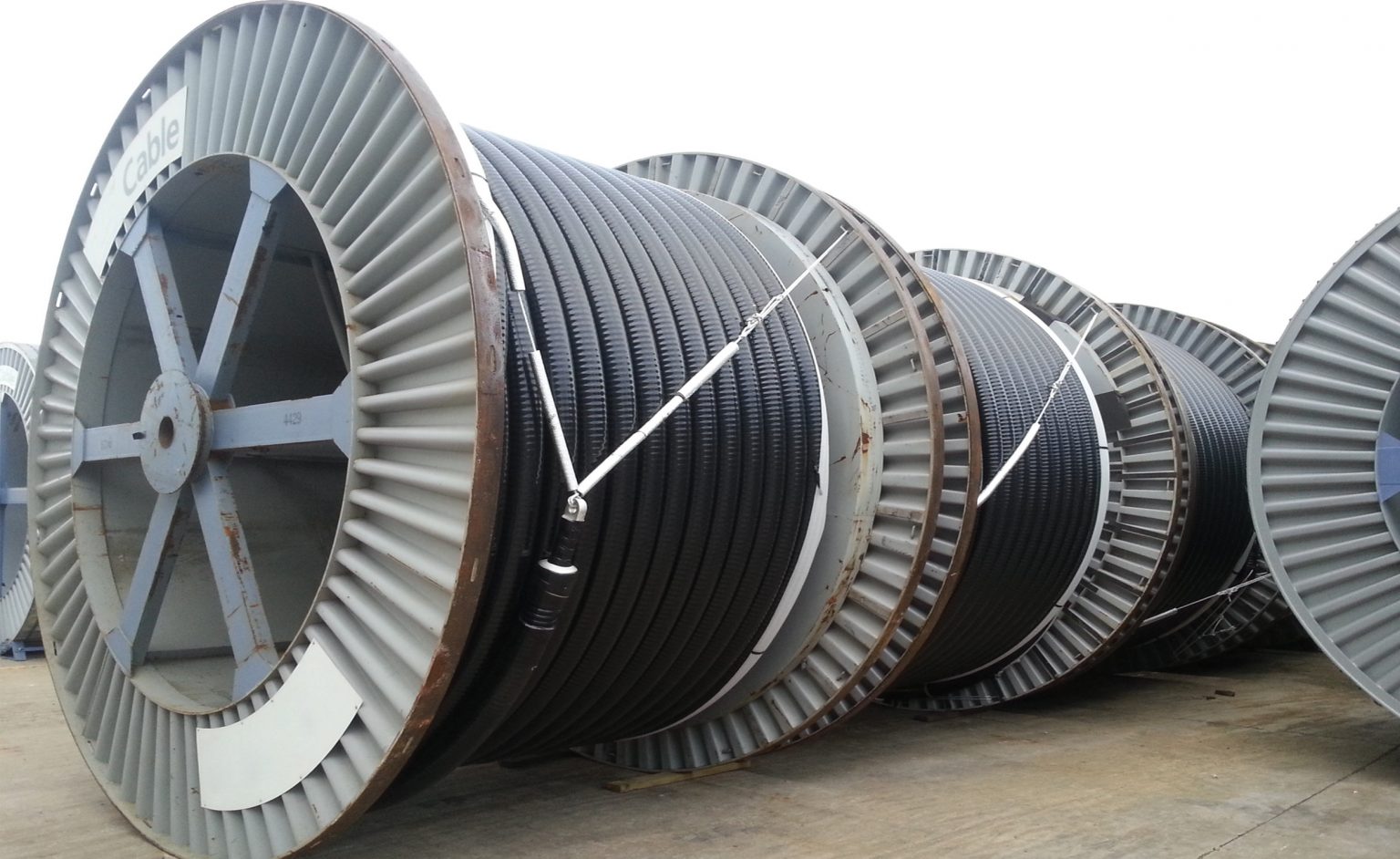




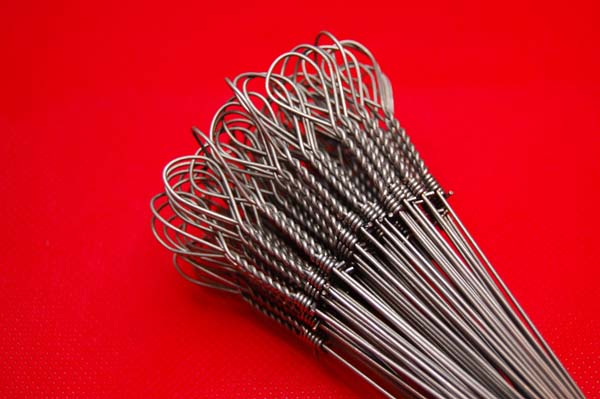
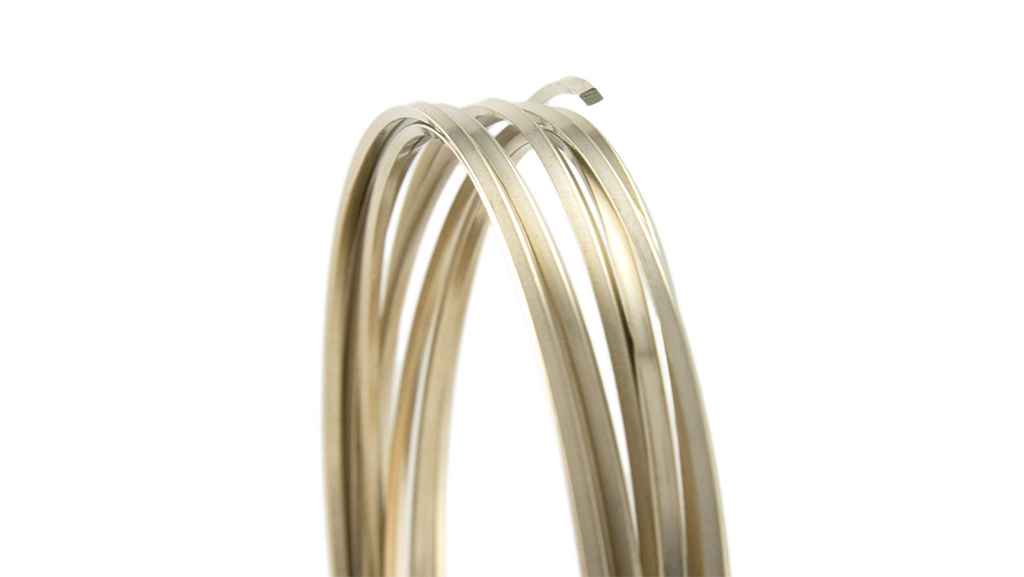
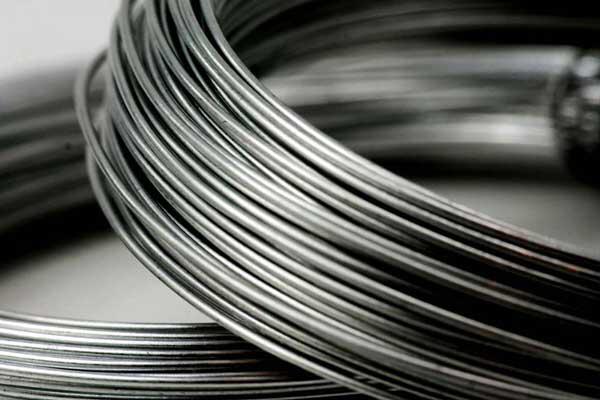
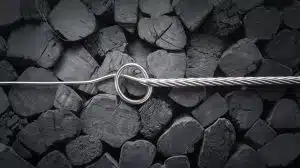
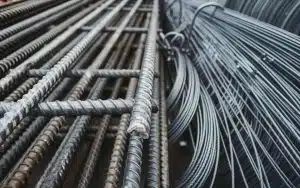

Comment (1)
jam
12 March , 2024Your point of view caught my eye and was very interesting. Thanks. I have a question for you.